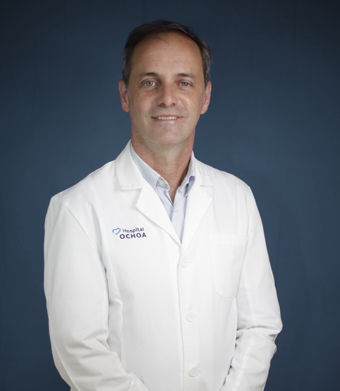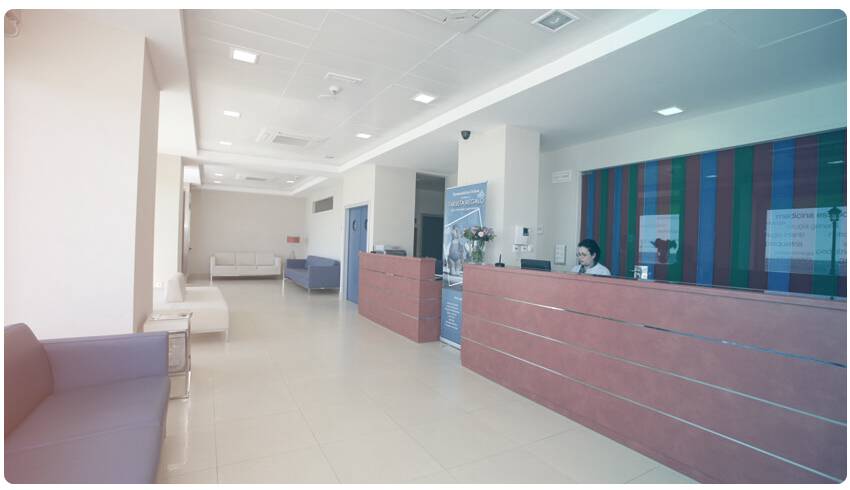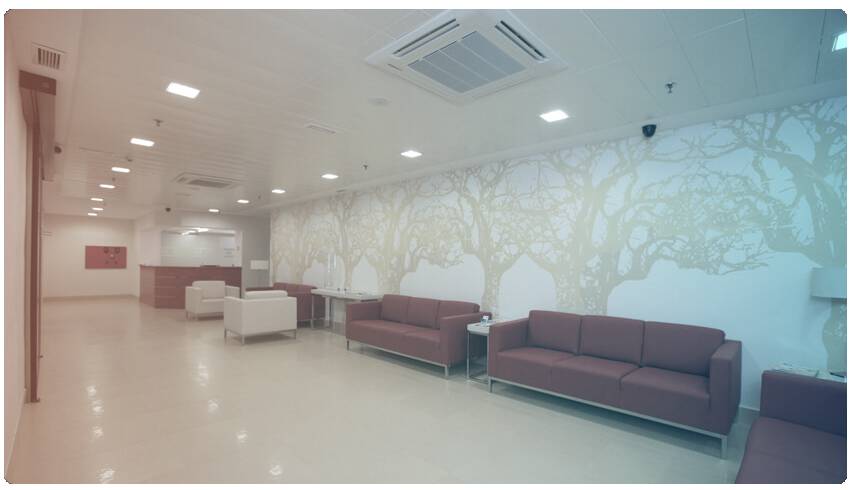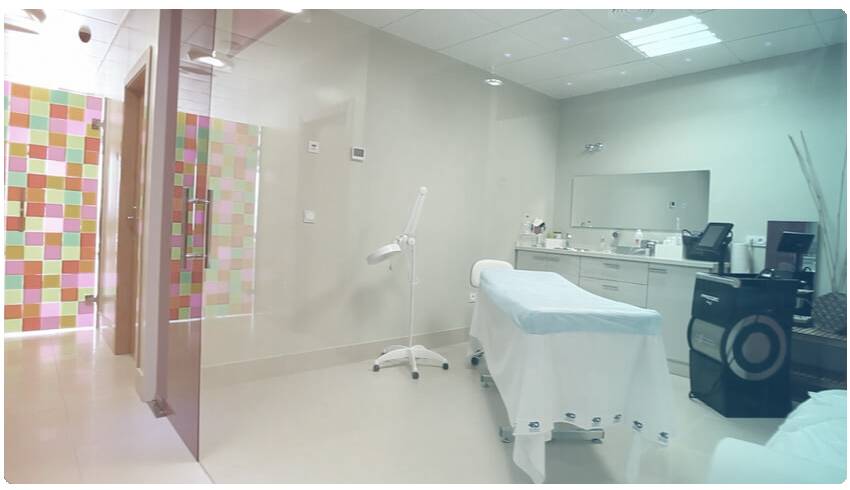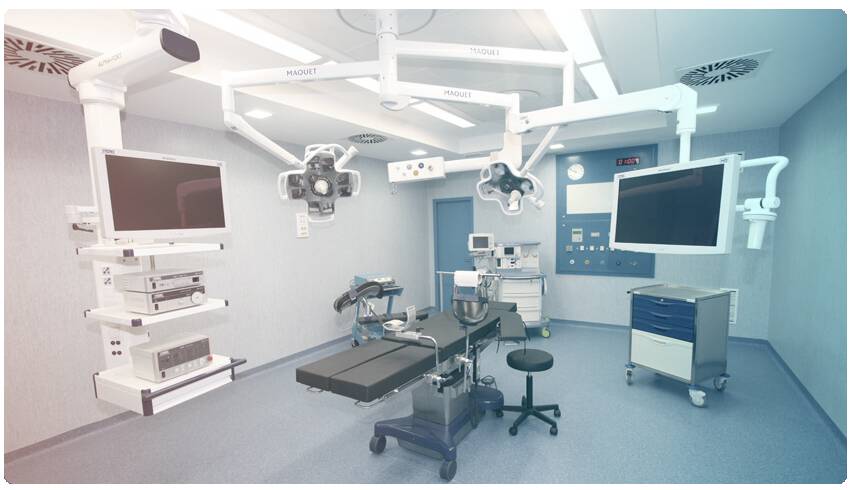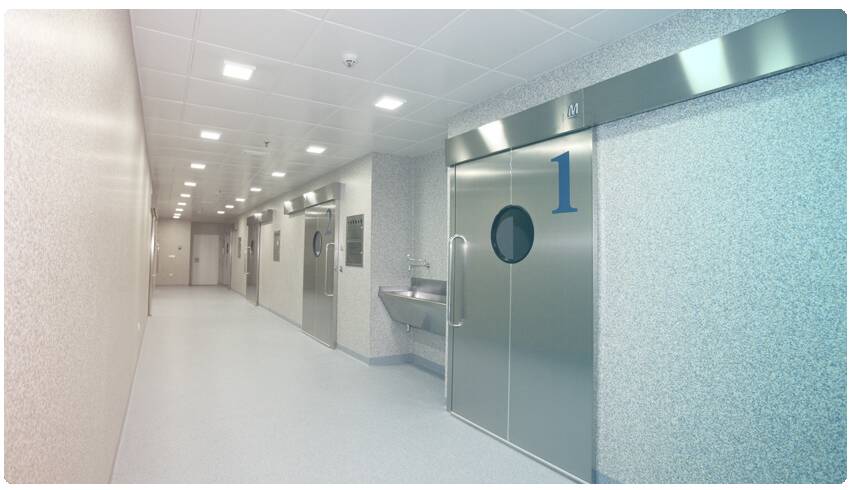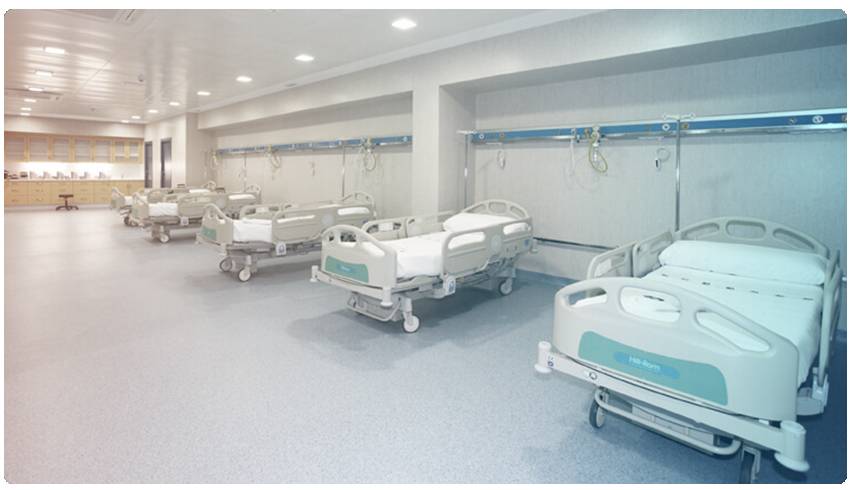Cataracts
Phacoemulsification with intraocular lens

Cataracts develop in the eye as a result of gradual changes over the years in the proteins of the lens, which in turn produce a clouding in the eye of the patient.
This degeneration of the lens disrupts the vision. This is a natural lens which usually focuses both distant and near objects.
Symptoms: Can go unnoticed at first. Vision deteriorates gradually. This is the most typical and the most noticeable symptom.Persons affected by this condition may experience a greater sensitivity to light as well as impaired colour vision.
Diagnosis: Cataracts are diagnosed by an ophthalmologist – following an eye scan, a visual acuity test and by an examination of the back of the eye to evaluate the condition of the retina lining.
Treatment: Phacoemulsification has been performed since 1990. This surgery involves the absorption of the cloudy lens using ultrasound and the insertion of an intraocular lens.Incisions of 2 to 3 mm are made. The surgery lasts from between 15 minutes to an hour and is performed under topical (local) anaesthesia (eye drops).



- Personalized quote
- Interest-free financing
- Reduced price OCHOA CLUB
Our installations
Our modern facilities with integrated operating rooms and hospitalization floor make it possible for us to carry out minimally invasive surgical techniques with which the patient obtains a rapid and satisfactory recovery, thus meeting the expectations of the most demanding. We have several accesses; from Severo Ochoa avenue and from the Marbella promenade.
Step by step surgery
Cataracts
Types of Cataracts:
- Age related cataracts: These develop in patients from their 50s onwards and are the most common type of cataract.
- Congenital cataracts: Less common in developed countries. Generally diagnosed by paediatricians or ophthalmologists, treatment depends on visual impairment.
- Traumatic cataracts: As their name implies, these emerge after an accident or trauma to the eye. The frequency of this type of cataract is low and the prognosis good as long as there are no other ocular abnormalities resulting from the trauma.
- Drug induced cataracts (e.g. Corticosteroids): Patients prone to this type of cataract can develop them as a result of the prolonged intake of these drugs. Other drugs which may cause them include chlorpromazine, amiodarone, and allopurinol.
- Cataracts caused by metabolic diseases such as diabetes.
- Secondary cataracts due to other illnesses such as uveitis (inflammation of the middle part of the eye), glaucoma or high degree myopia.
